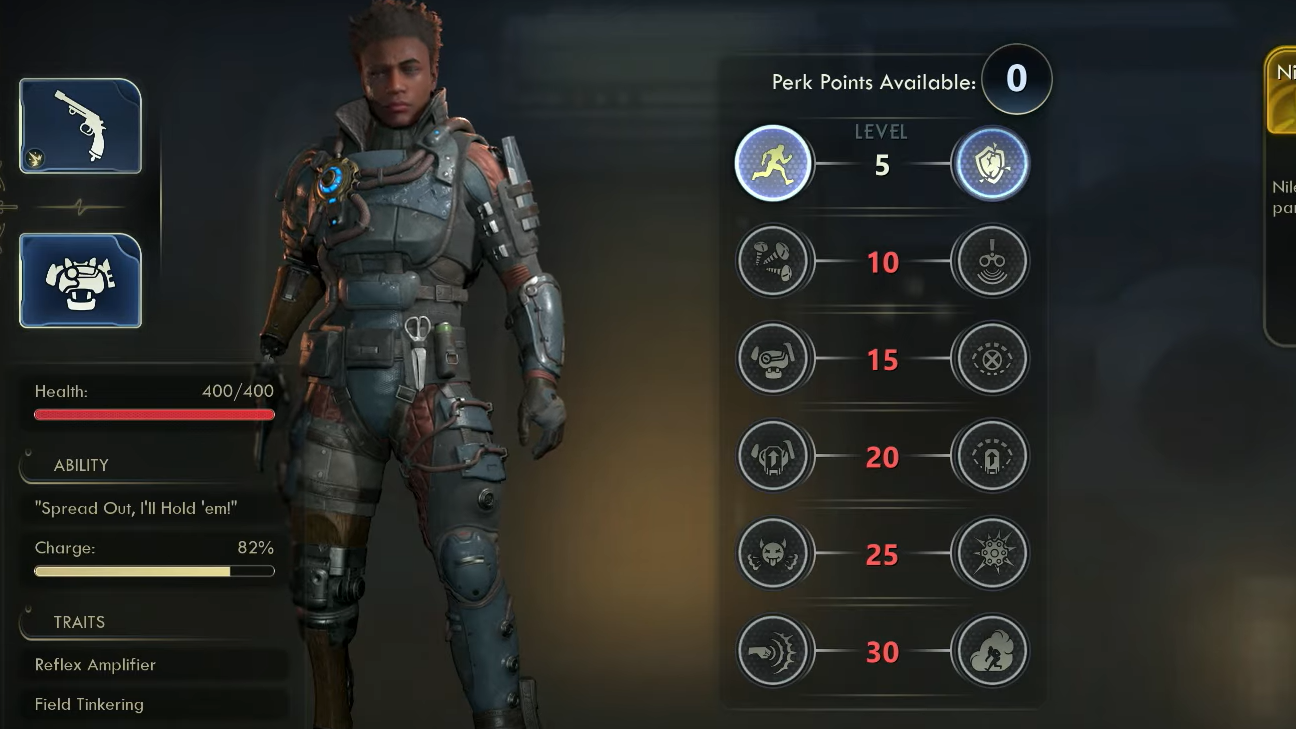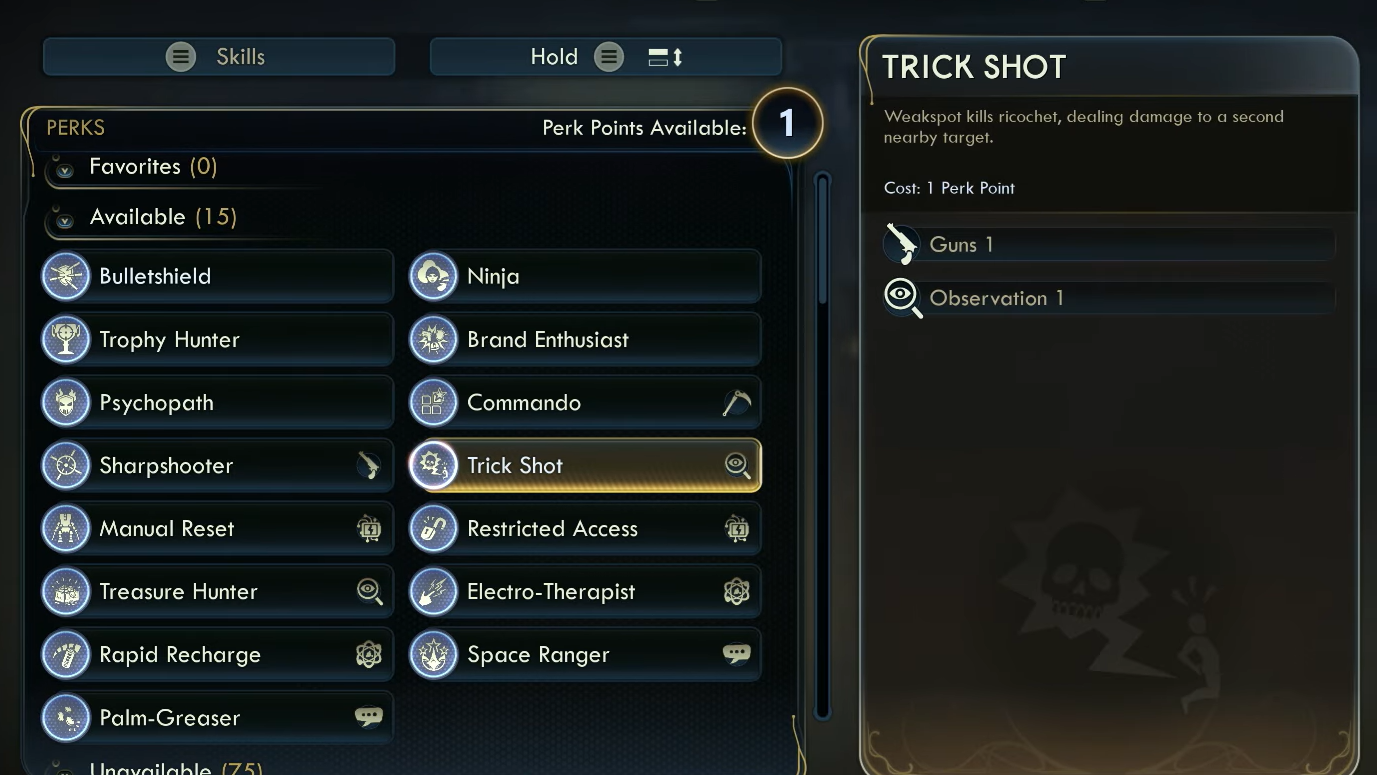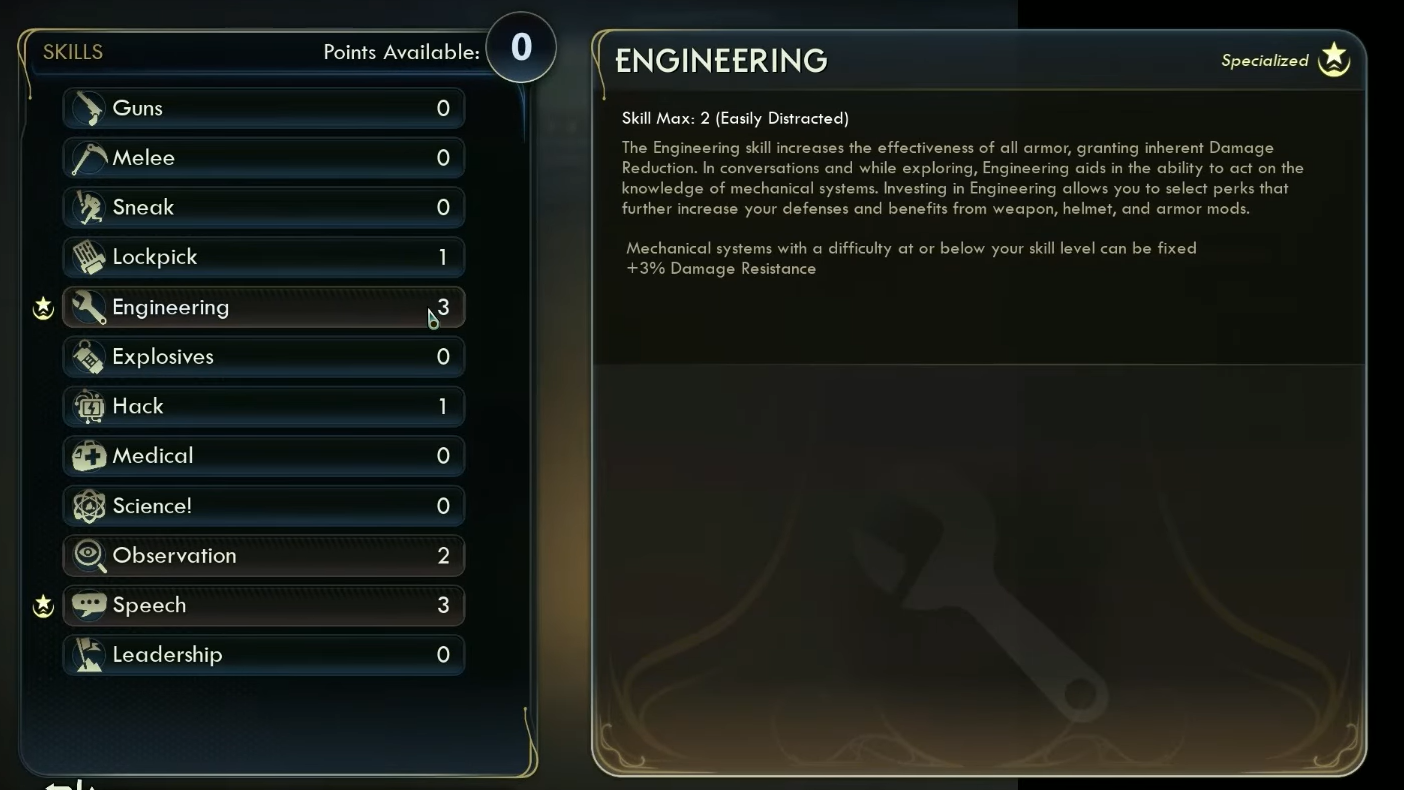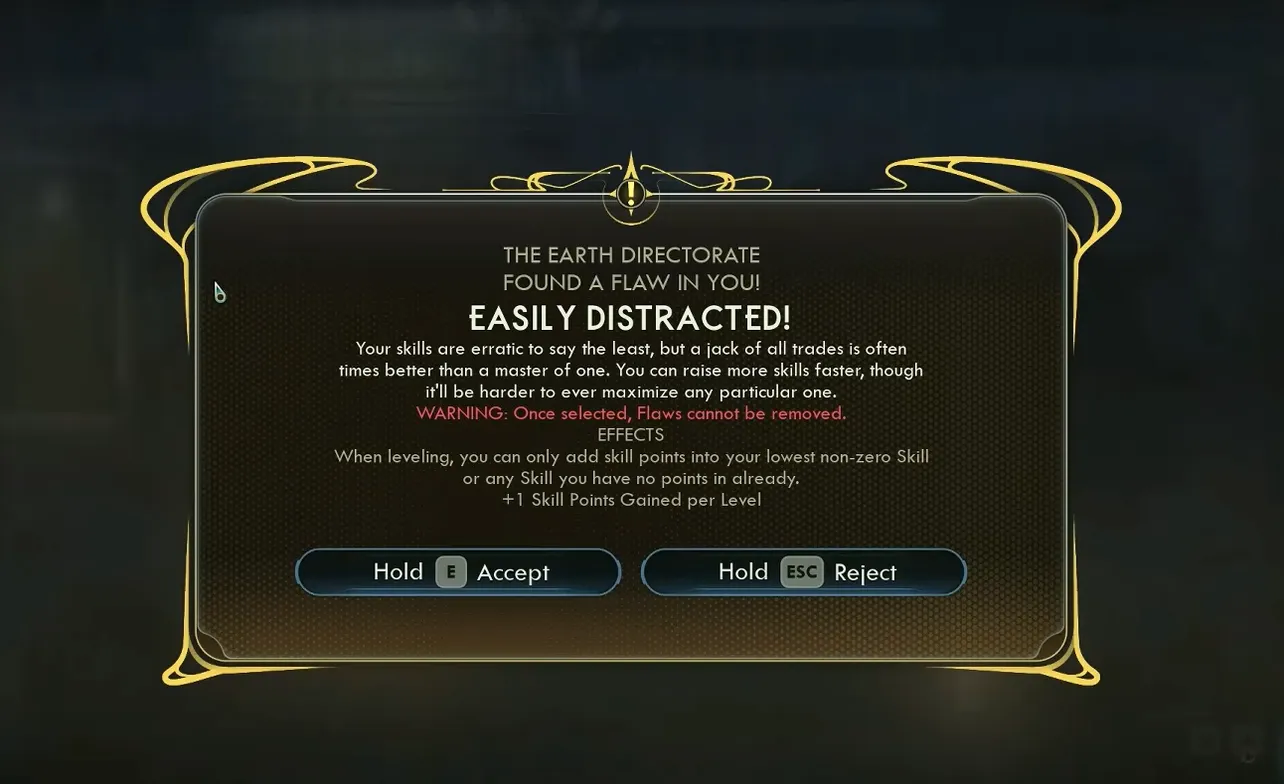Easily Distracted is a “jack of all trades” flaw that rewards broad builds in The Outer Worlds 2. Take it, and you’ll gain an extra skill point every time you level. The trade-off: you can’t freely min-max anymore. From that point on, level-up points can only go into your lowest non-zero skills or any skill you have at zero, pushing you toward even, balanced growth across the board.
How to unlock Easily Distracted (trigger requirements)
The game offers Easily Distracted when your point spending looks like a generalist. In practice, that means distributing your level-up points across multiple different skills rather than tunneling into one or two.
- Broad allocation is the trigger: spread your invested points across several skills.
- Typical threshold players report: after investing in roughly five to six different skills, the offer tends to appear.
- It looks at where you’ve actually spent level-up points, not just which skills happen to be high for other reasons.

Easily Distracted flaw effects (what you get and what it costs)
| Positive effect | Negative effect |
|---|---|
| +1 skill point gained per level | On level-up, you can only add points to your lowest non-zero skills or to any skills currently at zero |
The flavor fits the mechanics: you learn more, faster, but it’s harder to specialize. You’ll collect more total points over time, then spend them under a “keep things even” constraint.
How the leveling restriction actually plays out
Think of the restriction as a guardrail that always pulls you toward your weakest areas.
- If a skill is at zero, it’s always eligible for points.
- Among the skills you’ve already started, only the lowest values can be raised until they catch up.
- Once everything is even, you can push all of them together—slowly—rather than spiking one or two far ahead.
Example: Suppose you’ve invested like this before leveling: Dialog 4, Stealth 3, Guns 3, Tech 1, and Melee 0. On the next level-up, you can put points into Melee (because it’s zero) and Tech (because it’s your lowest non-zero), but not into Dialog, Stealth, or Guns until Tech and Melee rise to meet them.

Who should take Easily Distracted (and who shouldn’t)
Easily Distracted fits players who:
- Prefer flexibility over peak specialization.
- Like spreading points across Dialogue, Tech, and multiple combat options for broad coverage.
- Want steady access to more skill points as they level.
It’s a poor fit if you:
- Plan to rush a single skill tree to high breakpoints as quickly as possible.
- Rely on hoarding points to spike specific checks at key moments.
How to intentionally trigger it early
- From level 2 onward, invest in a different skill each time rather than doubling up.
- Aim to have points in at least five or six distinct skills within your first few level-ups.
- Keep spending broadly for another level or two if it doesn’t trigger immediately—offers can lag behind your behavior.
Once the prompt appears, decide whether the extra point per level aligns with your build. If you accept, lean into the generalist plan; if you decline, you can keep pushing a specialist route without the spending constraint.

Is the extra point worth the constraint?
For most balanced or hybrid builds, yes. The extra point every level is a reliable, long-term boost that opens more checks and utility across the game. The cost is real, though: you’ll rarely hit top-end thresholds early in any single lane. If your playstyle benefits more from “always have a decent option” than from “be best at one thing,” the trade is favorable.
If you want to keep one signature skill far ahead—say, to consistently pass the highest Dialog gates as soon as they appear—skip it.
Practical planning tips after accepting the flaw
- Pick a core set of five to seven skills you’re happy raising together; avoid dabbling in too many extras.
- Use gear and consumables to temporarily push priority checks without violating the even-spend constraint.
- When a new skill is at zero, consider whether you really want to open it; once you do, it becomes another lane to maintain.
Key takeaway: Easily Distracted is built for players who like breadth. Trigger it by spreading your points across several different skills early, and be ready to level everything you’ve started in roughly equal measure. If that sounds like your style, the extra point per level is a strong payoff.


